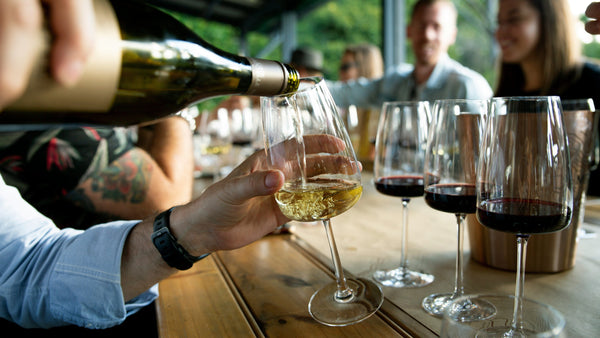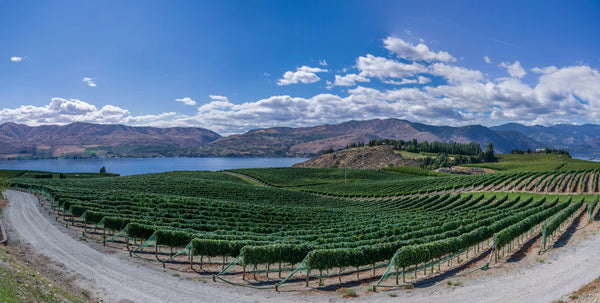
Yes, as you've probably heard, hops closest relative is the cannabis plant. Like cannabis, hops contain resins that have different flavours and effects. With 80 - 100 different types of commercially available hops for brewers to use, hops provide aroma, flavour and can even extend the shelf life of beer.

Hops are a flowering plant that is used in the brewing process to add flavor and aroma to beer. They come from the perennial herbaceous climbing bine (yes bine not vine), Humulus lupulus. The dried hop flowers contain many aromatic oils that contribute to the unique flavors of beer. Hops also act as a natural preservative for beer.
Hops are one of the main ingredients in beer, and they contribute significantly to its flavor and aroma. They contain aromatic oils that give beer a unique taste, containing flavors such as citrus, fruit, earthy notes, and pine. Hops also affect the bitterness of beer. The more hops are used in the brewing process, the

The use of hops in beer-making is believed to date back to the ancient Sumerians and Babylonians in Mesopotamia more than 6,000 years ago. At the time, however, they were primarily used for their medicinal properties rather than as a flavouring agent.
Up until the 1500’s in the West it was common to add a blend of herbs and spices called Gruit, to beer. However, between taxes on gruit and some political and religious issues around it, hops became more commonly used.
When it was discovered that hops also have an antibacterial effect on beer and using it meant your beer was way less likely to spoil, the bottom fell out of the gruit market—forever.
Hops are typically added at several stages during the beer-making process, depending on their specific properties and desired flavor profile. They may be used to give bitterness to the beer, as a flavouring agent, or for their aromas.
Getting those three things in one beer requires a strategy. Hop resins aren’t very soluble in water, so you need to boil hops for an hour or so to extract the bitterness necessary to balance malt character.
But that long boil will destroy the delicate essential oils that make hops so heavenly. If you want to grab some of their flavour, you can only boil them for a few minutes, and if it’s delicate aroma you’re after, you have to add them at the very end of the boil, or into cold beer during or after fermentation.
Some popular hop varieties and their flavours include Centennial hops, which have a citrusy/earthy flavour; Chinook hops, which have a spicy/piney flavour; Amarillo hops, which have a fruity flavour; and Cascade hops, which have floral and citrus notes.
In the last decade or so, the big hop growers have been breeding hops with more and more fruity and aromatic aromas and flavour, and innovative brewers have come up with some new styles that exploit these extremely ‘juicy’ hops.
Hazy IPA in particular can taste almost as though it was made out of fruit juice, partly due to the fact that hops are added to them during active fermentation, ensuring a blast of aromatic terpenes and esters.

Hops are the spice of beer, not only for the bitterness that balances malt and grainy sweetness, but also for wonderful aromas and flavours for us to enjoy. The next time you’re drinking an IPA or other hoppy beer, give a thought to the noble hop plant, your bitter little friend.
If you would like to try some great beer with hops, jump on one of our brewery tours offered all across Canada in Toronto, Collingwood, Edmonton, Calgary, Kelowna, Vancouver and Victoria to try some for yourself.

Visiting Vancouver for the FIFA World Cup 2026? Discover the best things to do — from brewery and wine tours to Whistler day trips and local adventures. Book with Canadian Craft Tours!

Discover the best Kelowna wine tours for every type of traveller—from first-timers to wine connoisseurs, bachelorettes, foodies, and more. Sip, relax, and explore the Okanagan.

Lake Country, BC, is one of the Okanagan Valley’s most picturesque wine regions — a place where rolling hills meet crystal-clear lakes, and boutique wineries produce some of the best wines in Canada.